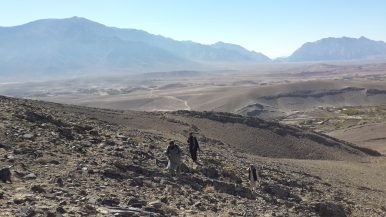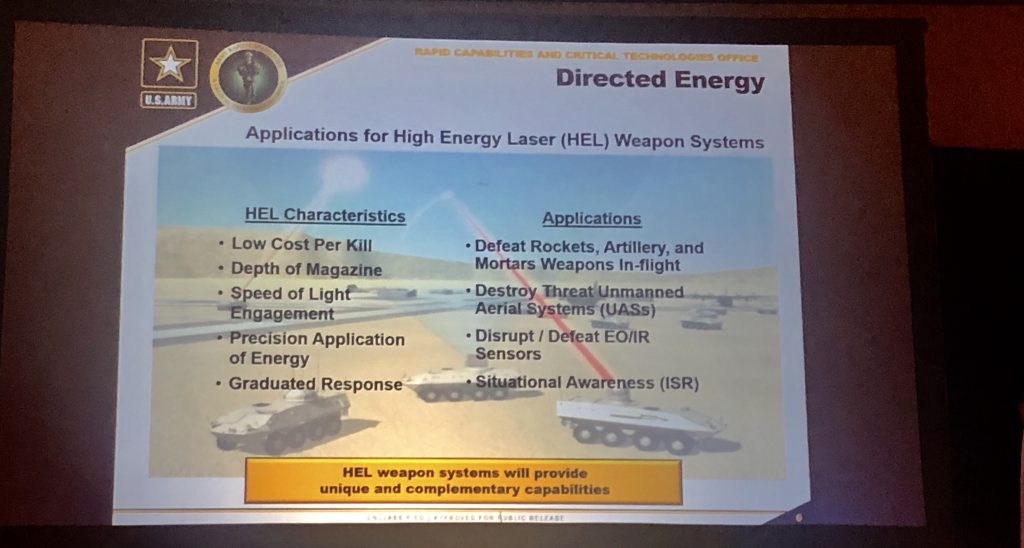NEW DELHI: India has decided to join hands with Japan and Sri Lanka to expand the port in Colombo as part of efforts to balance Chinese inroads into the neighbourhood. This marks one of the government’s first foreign policy moves following its reelection. Sri Lankan President Maithripala Sirisena’s proposed trip to India for Narendra Modi’s inauguration this week is seen as a boost in this regard with the three countries planning to sign a memorandum of understanding (MoU) in the near future, ET has learnt. The trilateral project’s goals are to increase Colombo port’s container volume and increase transportation in and around South Asia, according to persons aware of the matter.
The deal comes as China has been using its Belt and Road Initiative (BRI) projects to increase its influence in the region. India and Japan are also eyeing joint development of the Trincomalee port in eastern Sri Lanka. India along with Japan aspires to pursue a Free and Open Pacific Ocean and Indian Ocean strategy. Colombo port, through which 90% of Sri Lanka’s seaborne goods pass, connects Europe, the Middle East, Africa and Asia. It had traffic of 6.21 million twenty-foot equivalent units in 2017, making it Southwest Asia’s busiest port.




















